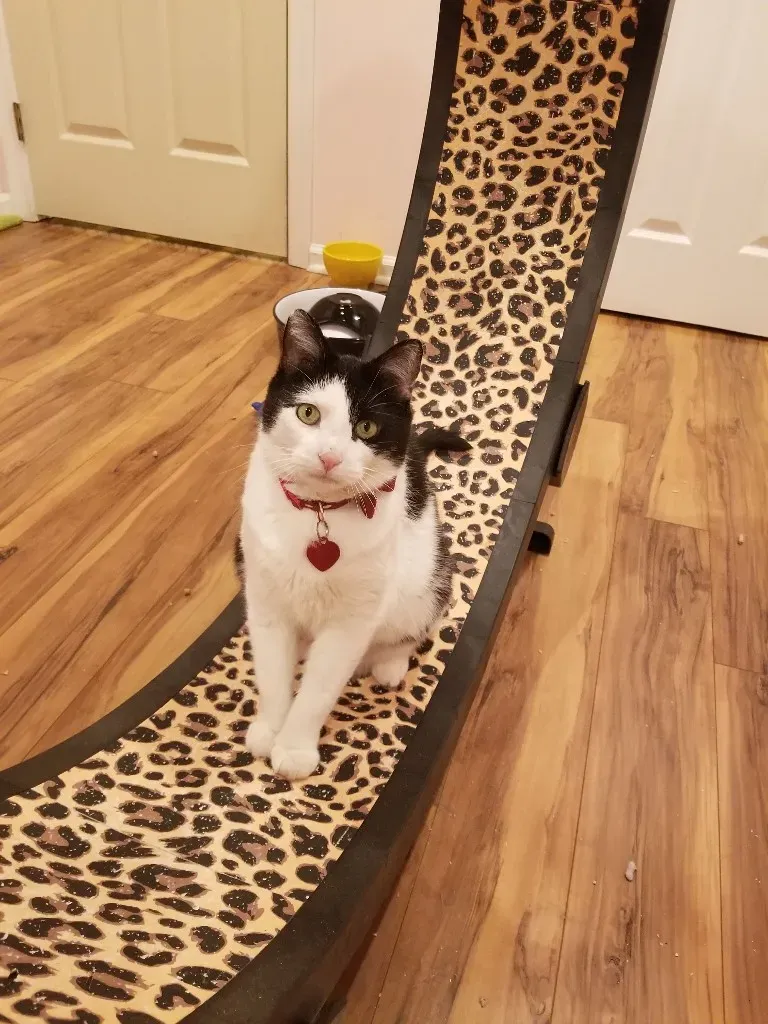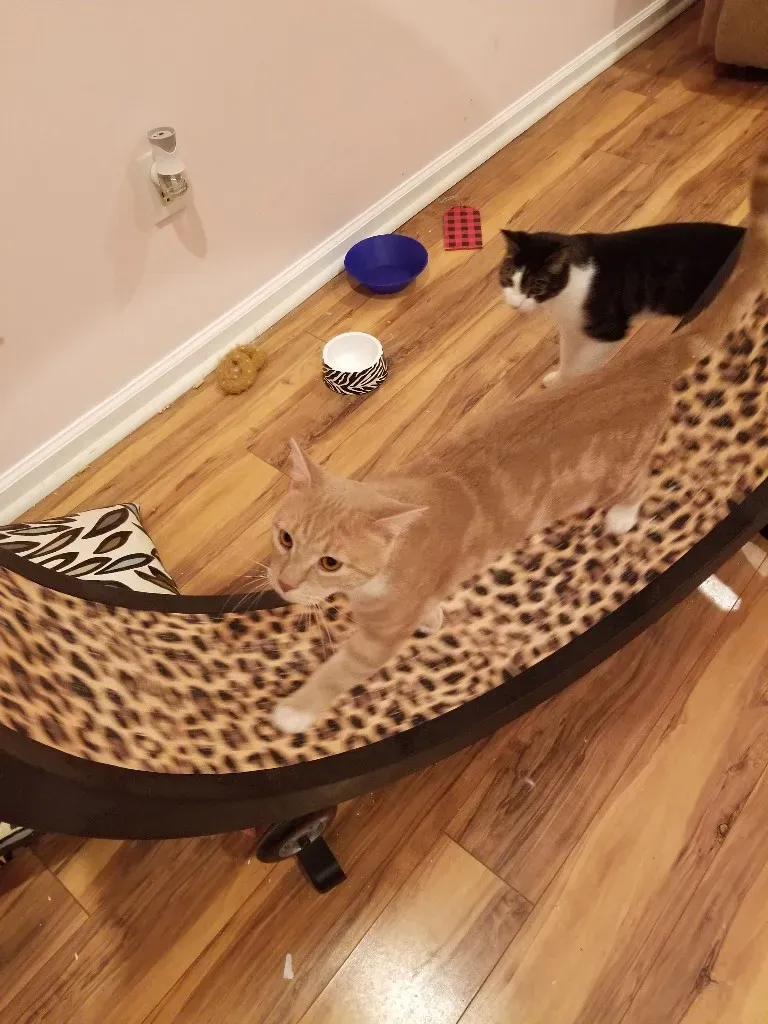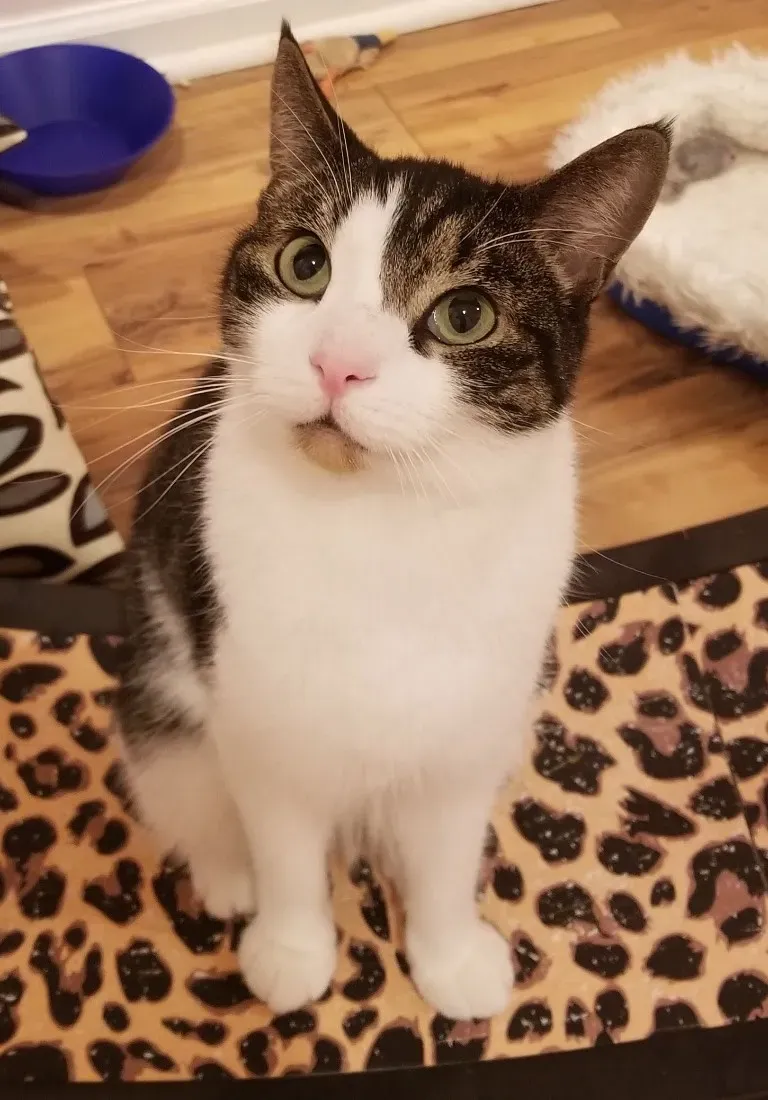Have you ever watched your indoor cat zoom around the house at 2 a.m., only to crash on the couch afterward? If so, a cat wheel might be the game-changer your feline friend needs. I’ve owned a giant cat wheel for years—specifically the One Fast Cat model—and it’s transformed my cats’ health, energy levels, and happiness. This isn’t just a gimmick; it’s a safe, effective way to combat common issues like obesity and boredom in indoor cats. In this guide, we’ll explore the design, benefits, training tips, and why every cat owner should consider one.
Cat Wheel Design: Safety and Functionality First
When choosing a cat wheel, design matters more than anything. The One Fast Cat wheel stands out for its thoughtful engineering, prioritizing your cat’s safety and comfort. Measuring 48″ H x 46″ W x 11″ D, it features a sturdy track with rollerblade-style wheels and protective covers to prevent accidents. Weighing just 22 lbs, it’s lightweight yet durable, made from recycled plastics for an eco-friendly touch.
The running surface uses closed-cell EVA foam, which provides traction without snagging claws—mimicking natural running. Its open design lets cats enter from either side, reducing any sense of being trapped. Cleaning is a breeze: simply rinse outdoors or wipe with a damp cloth, ideal for multi-cat homes or fosters.
 black and white cat sitting on cat wheel
black and white cat sitting on cat wheel
This photo of Lucy perched on her cat wheel gives a real sense of its generous size, tailored to accommodate a cat’s flexible spine and shoulders for injury-free runs.
According to the manufacturer’s FAQs, these features ensure the wheel supports natural movement while being easy to assemble and relocate—even up stairs.
Key Benefits: Why a Cat Wheel Is Essential for Indoor Cats
Indoor cats face unique challenges: limited space, constant food access, and sedentary lifestyles leading to obesity. A cat wheel addresses these head-on, offering physical and mental enrichment backed by feline behavior experts.
Weight Management: Obesity affects up to 60% of indoor cats, per veterinary studies from the Association of Feline Practitioners. Running on a wheel burns calories naturally, helping maintain a healthy weight without forced diets.
Reducing Anxiety and Stress: Exercise boosts serotonin and dopamine, calming anxious cats much like it does humans. Vets recommend activity for stress-related behaviors, and the wheel provides an outlet for pent-up tension.
Channeling Excess Energy: High-energy cats, especially young or recently neutered ones, can become destructive. I’ve seen fosters like MJ transform from scratchers to chill companions after wheel sessions, redirecting playfulness productively.
Combating Boredom: Daily routines bore cats, leading to the infamous “zoomies.” A cat wheel offers endless entertainment, far superior to stairs or toys that wear out quickly.
 Orange tabby cat walking on cat wheel.
Orange tabby cat walking on cat wheel.
Here’s my foster MJ demonstrating perfect form on the wheel, while Archie watches enviously—proof it captivates even novice users.
These perks align with recommendations from organizations like the American Animal Hospital Association, emphasizing exercise for holistic cat wellness.
Step-by-Step Guide: Training Your Cat to Use a Cat Wheel
Skeptical that your cat would step on a cat wheel? Think again—most learn quickly with patience. I’ve trained dozens of residents and fosters on the One Fast Cat model, with success in one to two weeks. Only my senior cat with mobility issues opts out.
The key: Identify if your cat is food- or play-motivated, then use treats or teaser toys as lures. Reward generously—cats demand payoffs!
Proven Training Steps
- Positive Introduction: Place treats or toys directly on the wheel. Let your cat eat or bat at them to associate it with fun.
- Build Comfort on the Surface: Gradually position the lure higher up the curve. Move it slowly so they stand confidently without fear.
- Encourage Walking: Hold the lure at nose level in the wheel’s arc, then raise it slightly. Cats take initial steps instinctively.
- Increase Speed and Duration: Tease just out of reach to prompt faster walking. Repeat until they run smoothly.
- Fade Reinforcement: Once hooked, they’ll hop on solo. Praise during demos for visitors!
Patience is crucial; some cats need weeks, but consistency pays off.
Real Success Story: How the Cat Wheel Saved Lucy
 Black and white cat sitting on cat wheel
Black and white cat sitting on cat wheel
Lucy, my black-and-white beauty, thrives on her cat wheel. Battling impulse control aggression and chronic anxiety, she runs multiple times daily—sometimes 20+ minutes. It dissipates her stress instantly, making her calmer and more adjusted. Without it, her quality of life would suffer; with it, she’s a poster cat for wheel benefits.
Overcoming Objections: Is a Cat Wheel Worth It?
The biggest hurdle? Price—around $199 without sales. But compare: It’s cheaper long-term than monthly vet bills for obesity-related issues or destroyed furniture from zoomies. I’ve used mine over four years with daily action; it’s tougher than cat trees.
 Cat sitting on cat wheel
Cat sitting on cat wheel
Foster Archie mastered it fast—note his soul patch! This shows even quick learners shine.
Not sponsored by One Fast Cat, but their product earns rave reviews for durability.
In summary, a cat wheel revolutionizes indoor cat care, tackling obesity, anxiety, energy, and boredom effectively. Invest in one like the One Fast Cat for lasting health gains—your cat will thank you with purrs and peaceful nights. Ready to wheel? Check One Fast Cat’s site or their Instagram for inspiration. Consult your vet first for tailored advice.
References
- One Fast Cat FAQs
- Association of Feline Practitioners: Obesity Guidelines
- American Animal Hospital Association: Feline Wellness Standards
